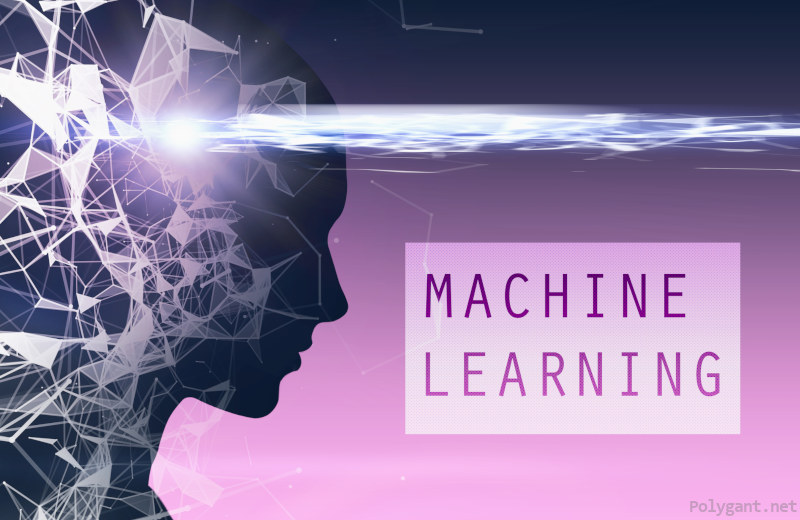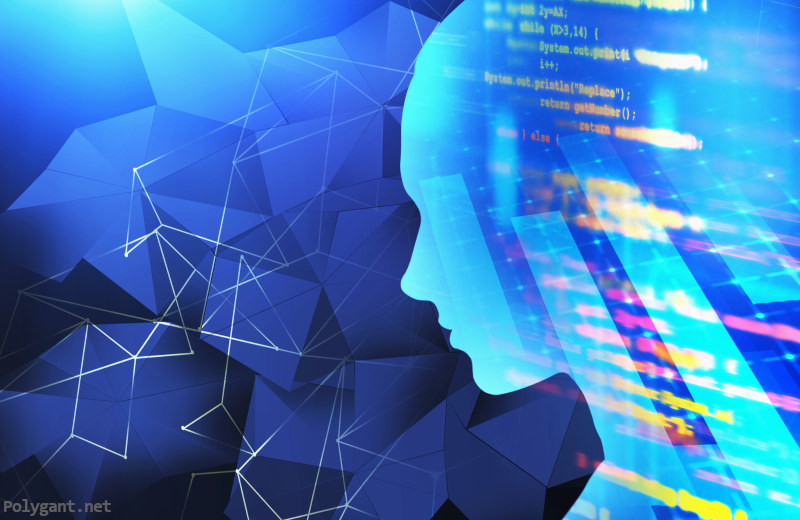Machine Learning is self-teaching algorithms machines use to perform tasks without explicit programmed instructions. Depending on the environment, a machine or computer can make decision on what to do. Generally speaking, machines are trained on the provided information called training data. Once you train the machine, you will be able to qualify data.
Table of Contents
What learning is
As defined by dictionaries, learning is the activity or process of gaining knowledge or skill by accumulating experience or studying — with or without a tutor. It should be noted that learning must involve interaction with the environment. Intrinsic knowledge or skills or those gained during the natural growth must not be considered learning.
Following this logic, we can define learning as the process during which a machine gains experience not from recognizing the pre-programmed images. In terms of computing, the core goal is to enhance the machine’s experience by providing it with training objects.
How it works and how it can be possible
The key objective of the trainee is developing their communication skills and associative thinking. In respect to the machine, it has to act accurately and precisely — when performing both well-known and new, unexpected tasks. Machines have to emulate human cognitive skills by forming models that generalise the data they are provided with. The cornerstone ingredient in this context is data, though the origin and format of such information do not matter.
Machine learning can tackle wide ranges of data. Such arrays are called big data. However, machines recognize them not as data but as a set of case studies and examples. There are four ways to teach the machine to process them:
- Supervised learning.
- Unsupervised learning.
- Reinforcement training.
- Deep learning.
Supervised learning
This method heavily hinges on the pre-labelled data. Therefore, the machine can discern images of cars and airplanes. Not only the computer can label data but also an engineer — to ensure data efficiency and quality. The key concept here is to teach the machines on numerous training examples. After that, they will be able to perform computing which would render unnecessary inputting data again.
For example, in supervised learning, the algorithm can be provided with data containing images of sharks — labelled as ‘fish’ — and images of ocean — labelled as ‘water’. Having trained on such data, the algorithm will recognize the unlabelled shark images as fish and ocean images as water.
Unsupervised learning
This method assumes that the algorithm marks data without any regard to any aid. Instead, the algorithm is given a large volume of data together with object characteristics.
One of techniques is cluster analysis — i.e. grouping data points. In theory, data points assigned into the same cluster have to be similar according to some criteria, while data points from different clusters have to be dissimilar.
This method has been used for a long time in the following fields:
- Biology: genetics and species grouping;
- Medicine: visualisation for recognition of different tissue types;
- Marketing: market study to assign sellers and consumers into different subsets based on special characteristics.
Reinforcement training
This method is centred around what is called reinforcement. In some cases, a machine can learn on trials and errors. And though you know the results from the very beginning, you have no idea how they could be obtained best.
Reinforcement training concerns software agents aimed to reach the goal (sequence of instructions constituting the solution to a problem). Software agents learn to reach a simple goal or increase the number of steps: e.g. get as high score as possible or win in a few moves. They can start from scratch but then — trained in the proper environment — achieve the performance dramatically outtopping human’s.
Deep learning
It can be looked on as the section of machine learning where software agents are developed and work almost the same way, but there are several layers of such algorithms. Each of them offers a different way to interpret the input data. Such an algorithm bunch is called the artificial neural network. It is called this way because its operation is kind of an attempt to imitate the functions of human brain’s neural networks.
Deep learning requires no supervision or interference as the neural network layers separate data as per the hierarchy of different concepts. Eventually, software agents learn from their own mistakes. However, even they may lead to corrupted results if given the poor-quality data.


 Telegram
Telegram 
